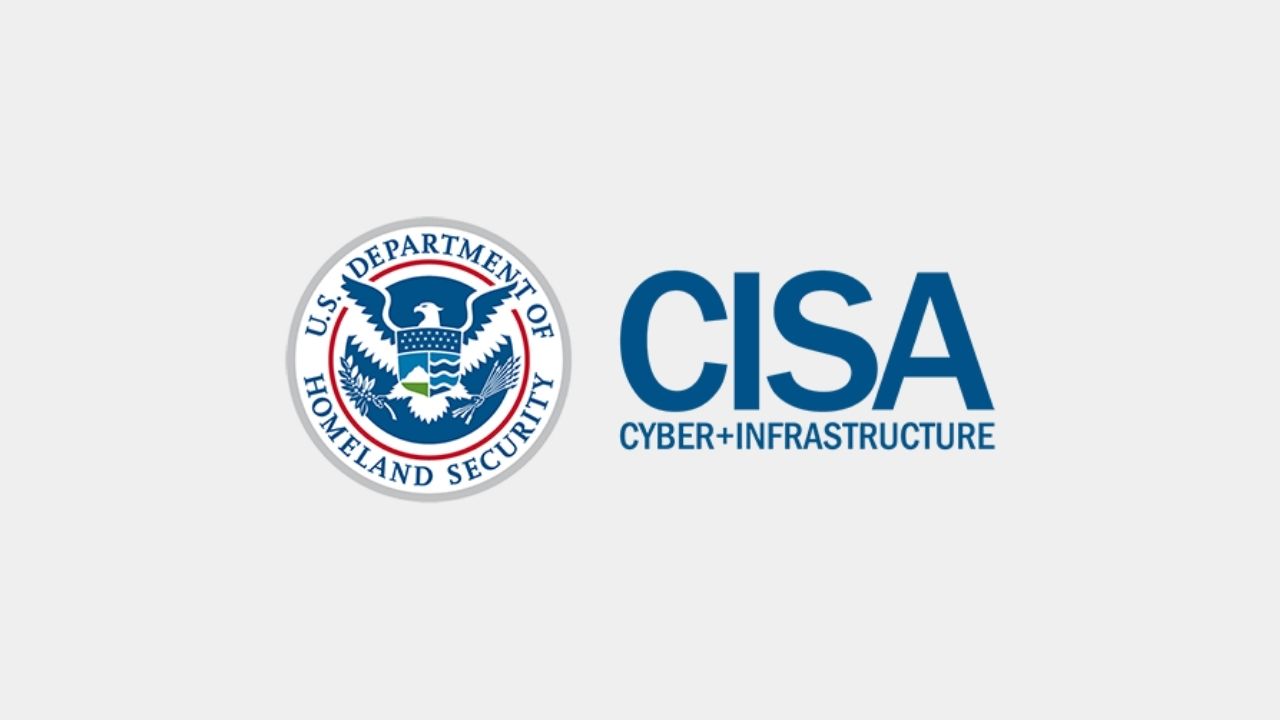Critical infrastructure refers to the physical and digital assets, systems, and networks that are vital to a nation’s security, economy, public health, or safety. These systems are often targeted by cyber attacks due to their significance, with motivations ranging from financial gain to political disruption. Notable examples include attacks on Ukraine’s power grid, the Kansas nuclear plant, and the SWIFT network. The Cybersecurity and Infrastructure Security Agency (CISA) plays a crucial role in protecting and securing these critical assets from such threats.
The Rise of Supply Chain Attacks
Common attack methods on critical infrastructure include DDOS, ransomware, vulnerability exploitation, and supply chain attacks. Supply chain attacks, in particular, are increasingly prominent as they target the suppliers that support a nation’s critical infrastructure.
Building Cybersecurity Resilience Layered security can be counterproductive if it leads to friction and inefficiency. Instead, organizations should focus on fine-tuning their existing security solutions and emphasizing cybersecurity resilience, which involves actions such as responding to incidents and gaining visibility into networks.
CISA’s Critical Role The Cybersecurity and Infrastructure Security Agency (CISA) serves as the United States’ risk advisor, supporting and strategically assisting critical infrastructure sectors. CISA focuses on areas such as coordinating cyber incident information, securing government domains, and partnering with private sector organizations to provide proactive protection.
Organizations must prioritize cybersecurity resilience in order to prevent critical infrastructure attacks. Addressing common misconceptions about building resilience is essential, such as the belief that it requires a large budget or that a single solution can provide comprehensive protection. To start building resilience, organizations should consider what they know about potential adversaries, what adversaries know about them, and what they know about their own networks.













